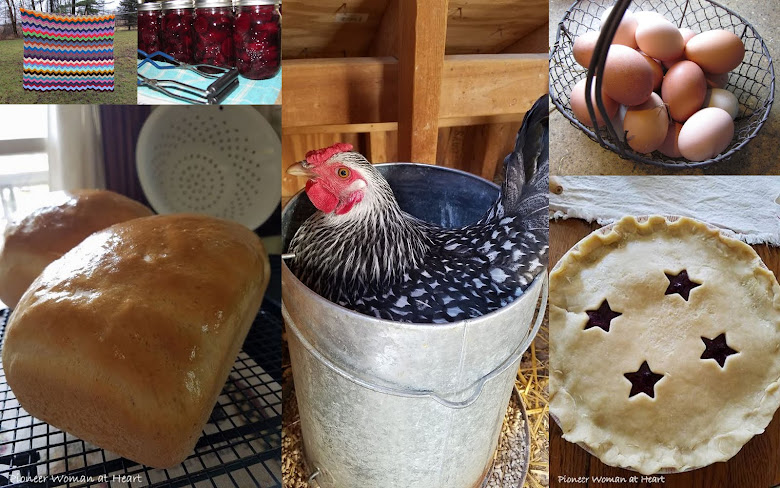Stinging Nettle is a wild growing weed. It's best to harvest first thing in the spring, however larger leaves in summer can still be used for tea making.

Stinging nettle contains fiber, and protein, and is a packed with Vitamin C. It also provides Vitamin A and other healthy nutrients. It helps with seasonal allergies, helps removed retained water, reduces joint pain (arthritis), swelling, helps hair growth, may help with urinary issues, and more. To obtain more information on edible and medicinal weeds, check your local library for resources. Here is one useful book:
Ways to use Stinging Nettle:
Eat cooked
Herbal Teas
Homemade Creams/lotions
Homemade capsules
To prepare it:
Every spring I pick and dehydrate (and freeze) stinging nettle. To pick it, you need very thick gloves to protect your hands. I cut the leaves off into a strainer and rinse them. I toss them into a salad spinner and spin the water off next.
I lay the leaves onto my dehydrator trays and dehydrate until completely dry (using instructions per your dehydrator for drying herbs). I simply store my dried leaves in canning jars in a closed cupboard. I typically run out before spring.
Note: Stinging nettle loses it's "sting" after it's been dried or cooked.
To freeze it:
Using thick gloves, remove leaves from stems, rinse, and place the leaves into a metal basket that can be dropped into boiling water (the type you deep fry with works great). I drop the basket into boiling water for 2 minutes, and place into ice water for 2 minutes. Drain. Place in air tight containers or freezer bags and freeze. You can also simply drop the leaves in the boiling water and retrieve them with a metal (handled) strainer.
To eat, thaw, add to any dish you would add spinach or other greens with. I simply wilt it down in water vs. oil, then add to salads, smoothies, pastas, pesto etc.
To make the teas:
1. Place 1 tsp. dried nettles and a pinch of oat straw steep and drink. Good for bone health, joints, and packed with nutrition. I have this handy tea infuser that my Uncle gifted me. I love it. No disposable teabags, and works like a tea ball, but you simply pour in the boiling water. Steep. Set the container on top of a mug, and it presses the bottom in, removing the steeped tea, leaving leaves inside.
Oat straw is helpful with providing nutrition to the body, and contains silica which is beneficial for hair, nail, and skin health. It also contains selenium, iron, potassium, and many other minerals and vitamins.
2. Infusion(stronger): Place 3/4 cup of dried stinging nettles and 1/4 cup dried oat straw in a ball quart canning jar. Pour in boiling water, close the jar with lid and rim. Allow it to sit at least 4 hours (even overnight). Strain, and drink within 36 hours. Anything longer may grow bacteria. This is packed with nutrition, including calcium. If you have leftover tea you cannot drink (older than 36 hours), you can treat your plants to the goodness.




4 comments:
Great post, Kristina. Thanks! My first encounter with stinging nettle was a memorable one. I was wearing shorts on a really hot day and bent over to do something (can't remember what) placing my backside into a row of stinging nettle. I had no idea what had happened . . . except I knew I didn't like it!
Mama Pea, thanks. One time the girls asked me if it's the stuff that burns their legs when the mow behind one of the barns. I found that chickweed salve works very quickly on the rash now.
Hi Kristina :) That looks like a good book. That is something I've been wanting to learn about for a while now. Thanks for the suggestion!
Rain, there are so many herbal books, but not many include wild weeds, nor do they all have a complete description etc for them.
Post a Comment